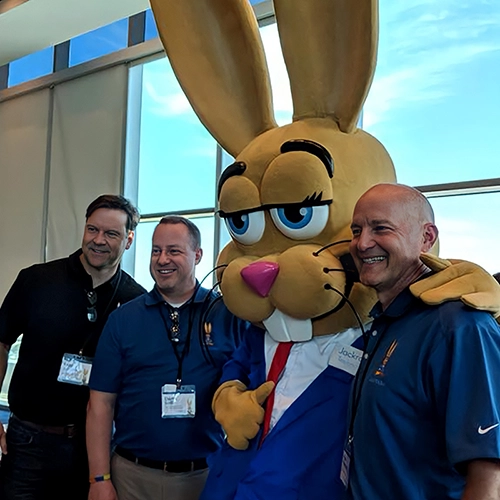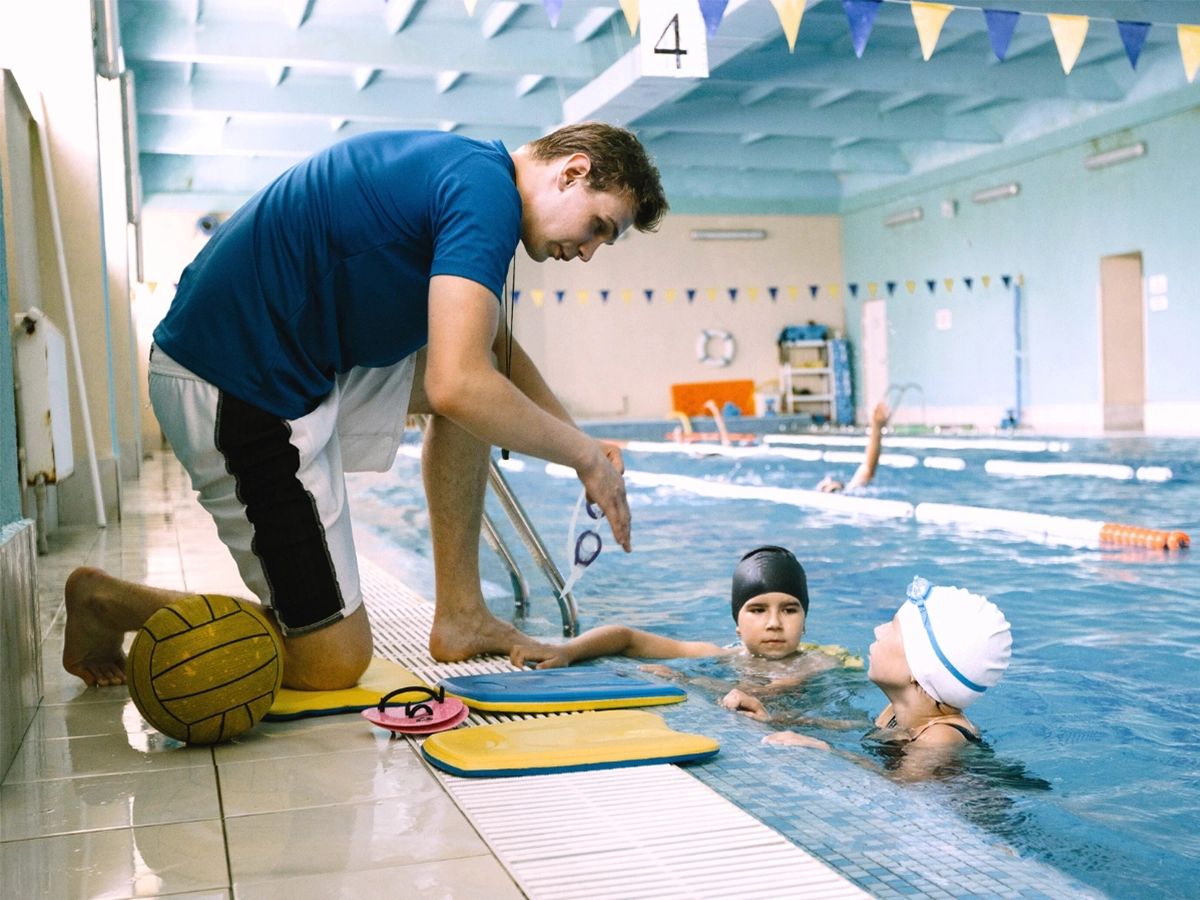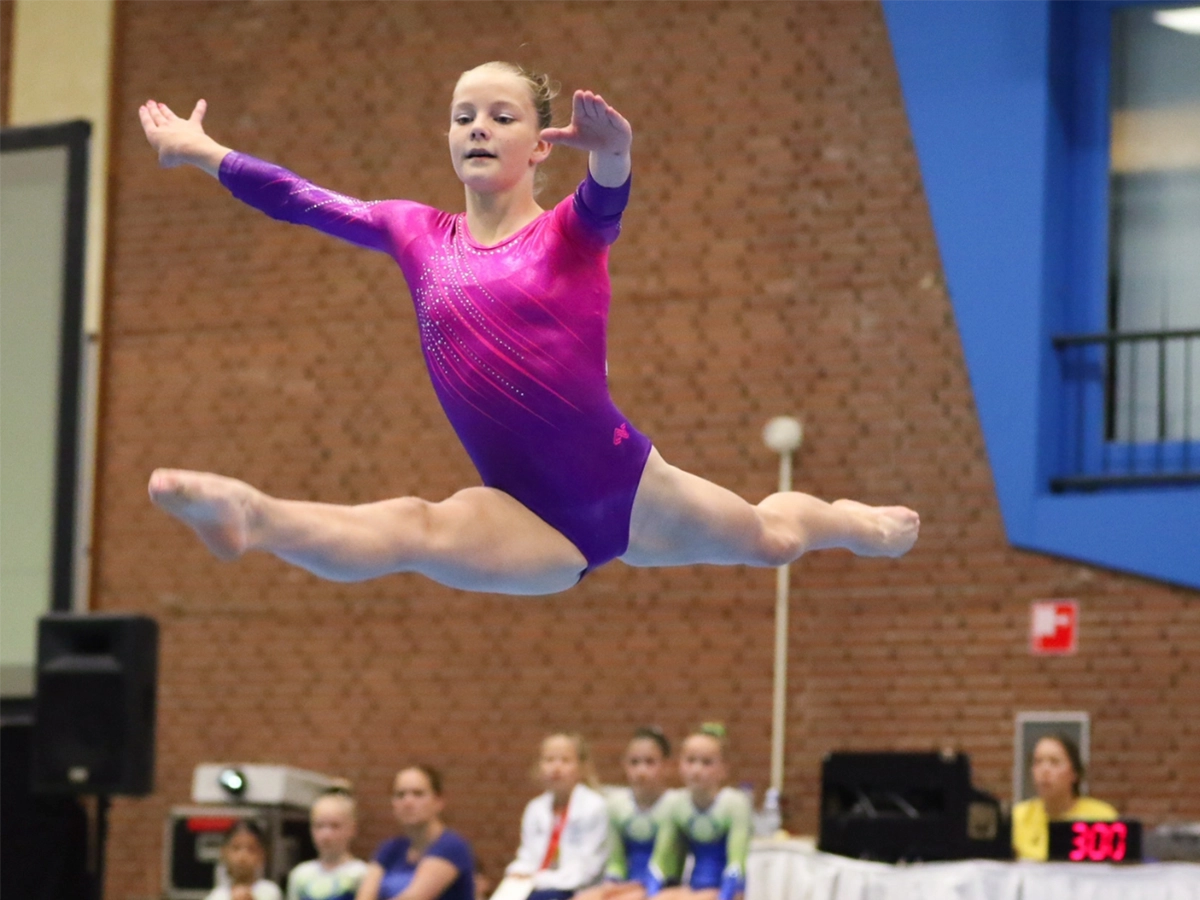Most of your students are the kind that make teaching everything you dreamed it could be. And then there are the few, the demanding, the disruptive. If that sounds like a reference to the Marines, it is. Sometimes that is who you feel you need to call in to deal with the disruptive kids who make running class, rehearsal, practice or drills challenging.
It’s amazing, isn’t it? That even just one uncooperative child in a class of more than a dozen can change the experience for everyone – including you. In fact, after just a day or so of dealing with a handful of disruptive students, you may feel like you’re losing your sanity.
Your disruptive students make a difference in how you teach and what your other students learn. It doesn’t really matter if they’re exhibiting a lack of focus, flat out misbehaving, or simply acting a fool. The “one bad apple” saying comes to mind because it really does take just one disruptive student to ruin the precious time you have with your well-behaved ones.
And as the bad apple in the basket can cause the others to turn, the undesirable behavior of one disruptive student can quickly infect the room if it isn’t nipped in the bud.
And every time this happens, do you wonder if you’ll lose your sanity? Instead, of pondering your sanity, change what’s happening!
There are some very basic strategies that can help you influence disruptive behavior – and none of them actually involve the Marines.
Don’t glorify the bad behavior. Ignore it. For example, if Sue doesn’t respond when you address her, then act as though she doesn’t exist until she behaves. It will suddenly dawn on Sue that her undesirable behavior isn’t getting your attention and she will change her tactics. She’ll see that students who are well-behaved do get your attention and that is likely what she will do to capture at least part of your attention.
Do reinforce desired behavior. Give attention to the students who do what you ask. Thank them. Tell them what they’re doing right. “Thanks for hustling!” “Great effort!” Thank students for helping to run things smoothly so they can have a great class. The disruptors will see what is happening. They will want in on the attention that good behavior brings.
Always intervene when necessary. There may come a time when you can’t ignore disruptive behavior. The necessity to intervene could result from bad behavior posing a risk of danger or your “ignore and reinforce” tactics may simply fail. This is when intervention happens. It’s best to intervene quickly and directly – and with the least possible drama. Make it a non-event, but make it effective. The important thing is that safety is restored or you’re able to pick up where you left off with the other students and give them a good class experience.
Don’t let anyone convince you that being intolerant of disruptive is taking all of the “fun” out of class. It’s a fact that maintaining good behavior makes class more fun – and more productive – than allowing “misbehavers” to act a fool.
The most important things are:
- Maintaining the safety of your students
- Moving class forward as quickly as possible
- Reinforcing to all students the kind of behavior you expect from them.
And the amazing bonus is that you get to keep your sanity too!














